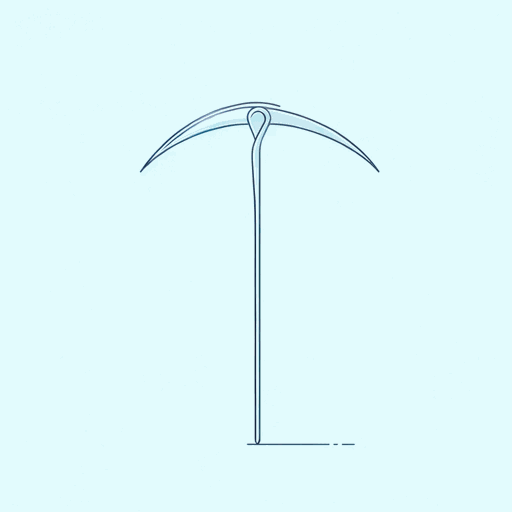92 pages • 3 hours read
Neal ShustermanScythe
Fiction | Novel | YA | Published in 2016A modern alternative to SparkNotes and CliffsNotes, SuperSummary offers high-quality Study Guides with detailed chapter summaries and analysis of major themes, characters, and more. For select classroom titles, we also provide Teaching Guides with discussion and quiz questions to prompt student engagement.
Symbols & Motifs
The Gleaning Journals
Each scythe is required to keep a gleaning journal that is part of the public record. The majority of the scythes whose journal entries appear in the book use their pages to question themselves, their motives, the nature of mortality, and to reassure themselves that their duty is necessary, if grim. The journals typically contain philosophical musings on what it means to be human and gratitude for the end of the Age of Mortality. Goddard’s journal is an exception. The journals are a tool to help scythes co-exist with those they glean and to keep them accountable to one another. However, Goddard’s writing is an unabashed monologue of self-aggrandizement, of his longing for an end to gleaning quotas, and of the superiority of the scythes to normal people. It is all the more chilling given that Goddard knows that his journal is public record. Those he may one day glean know that he relishes the chance to end their lives as cruelly as possible.
The Scythe
The sickled-shaped blade of the scythe—combined with an open eye—is the emblem of Scythehood. The scythe itself is a representation of death and is often carried by depictions of the Grim Reaper in popular culture.
Related Titles
By Neal Shusterman

Bruiser
Neal Shusterman

Challenger Deep
Neal Shusterman
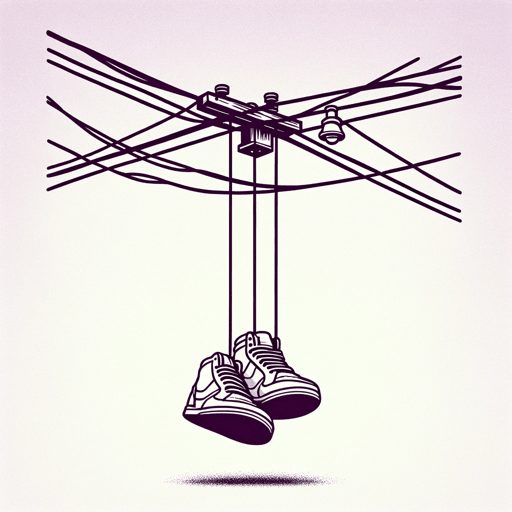
Downsiders
Neal Shusterman

Dry
Neal Shusterman, Jarrod Shusterman
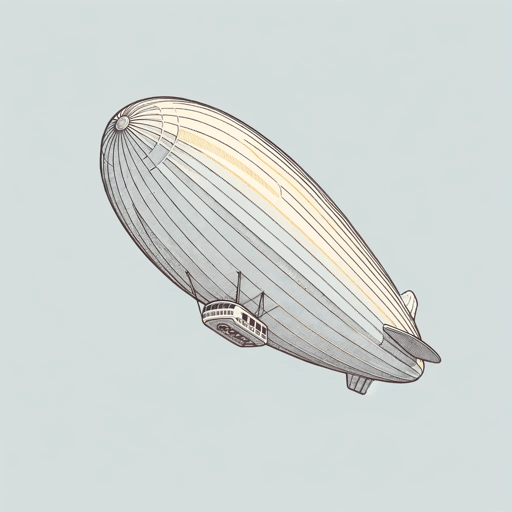
Everlost
Neal Shusterman
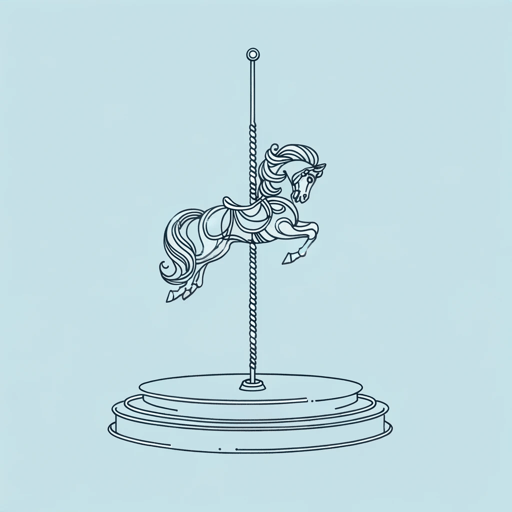
Full Tilt
Neal Shusterman
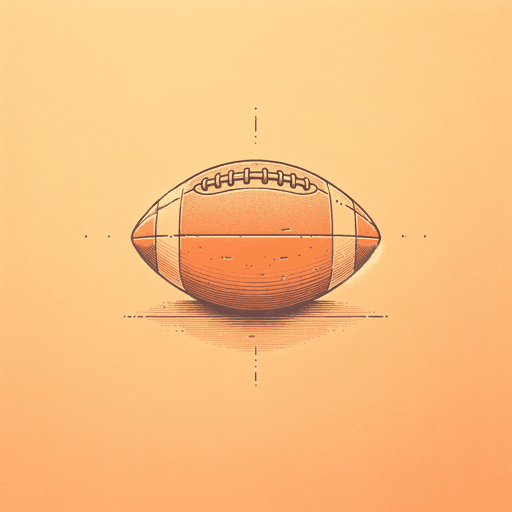
Game Changer
Neal Shusterman

Tesla's Attic
Neal Shusterman, Eric Elfman

The Dark Side of Nowhere
Neal Shusterman
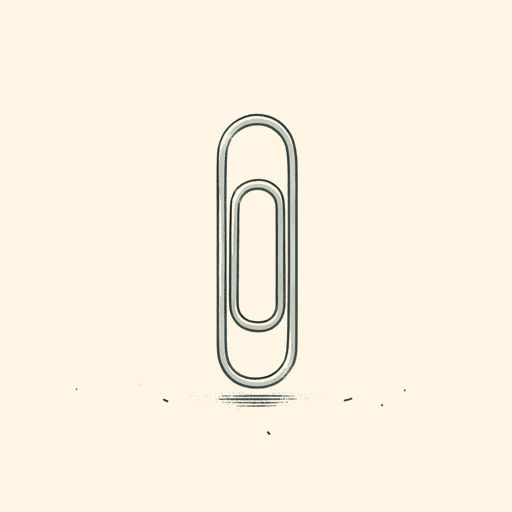
The Schwa Was Here
Neal Shusterman
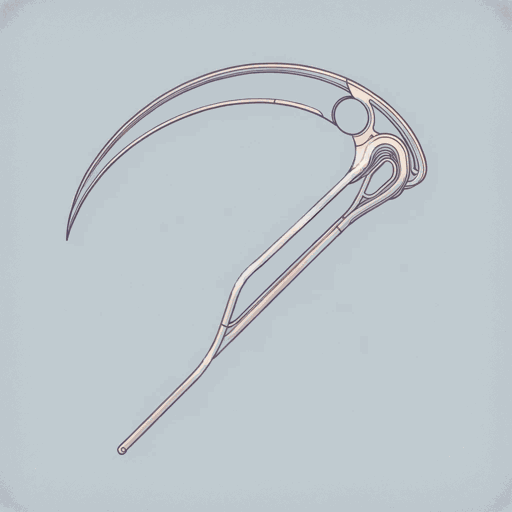
Thunderhead
Neal Shusterman
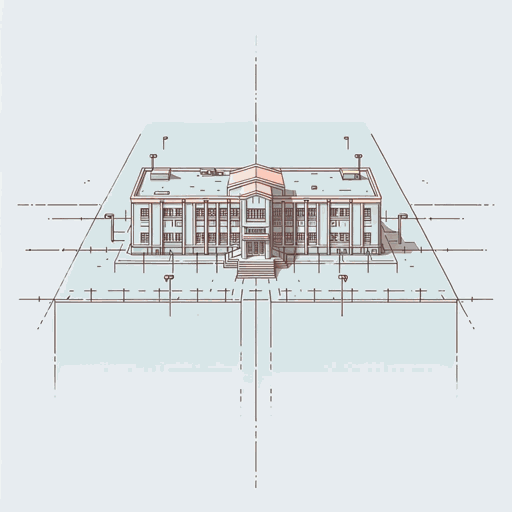
UnWholly
Neal Shusterman
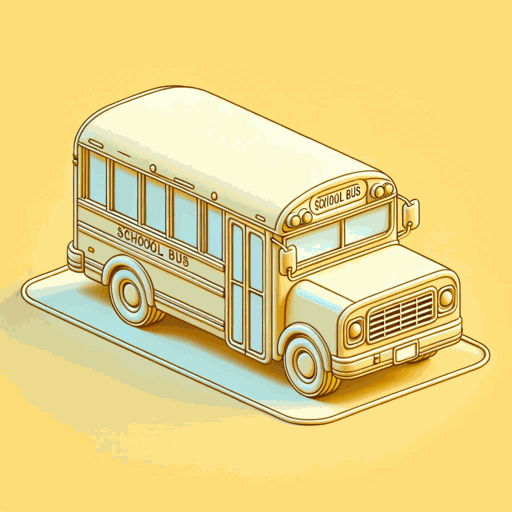
Unwind
Neal Shusterman
